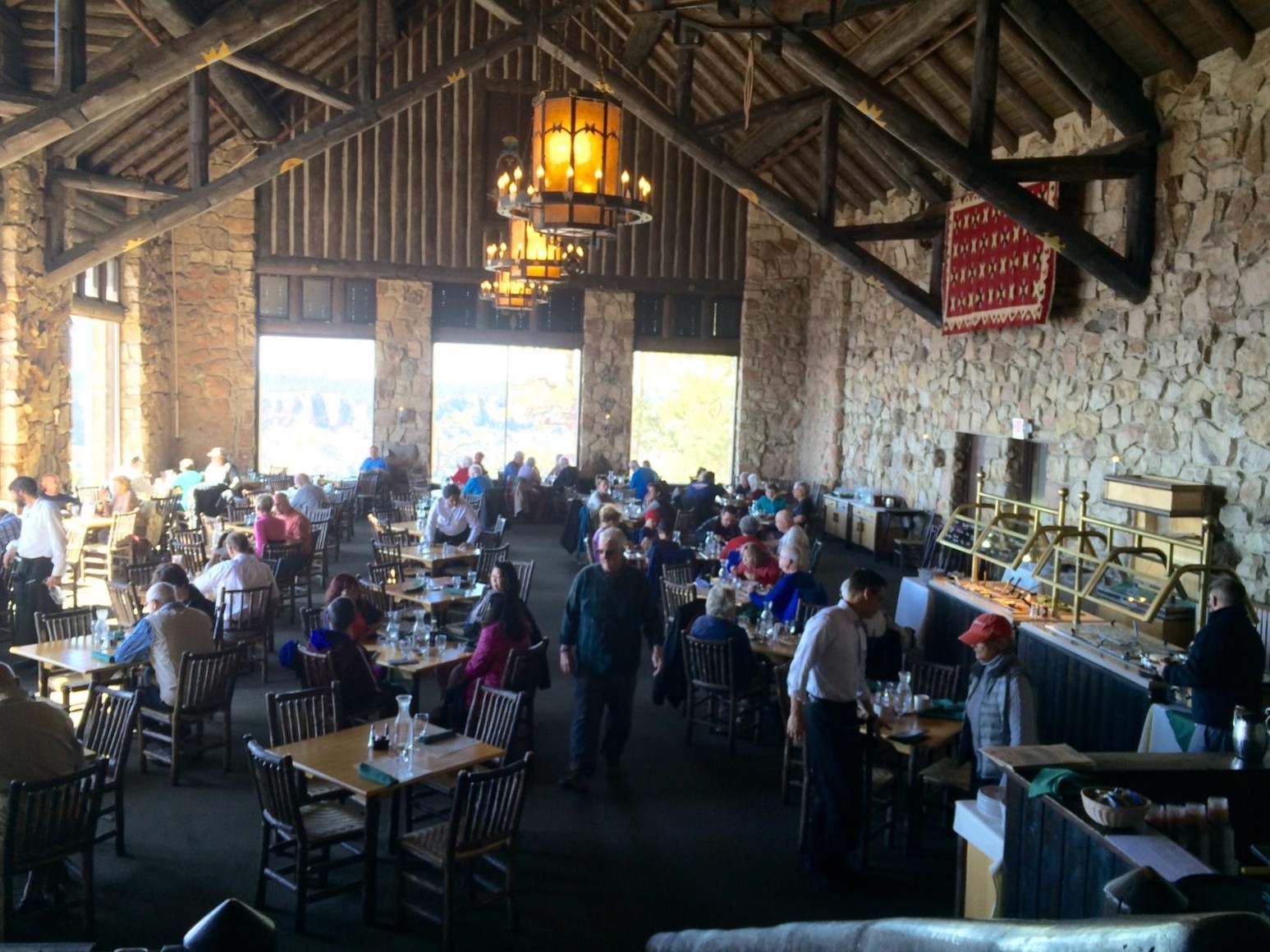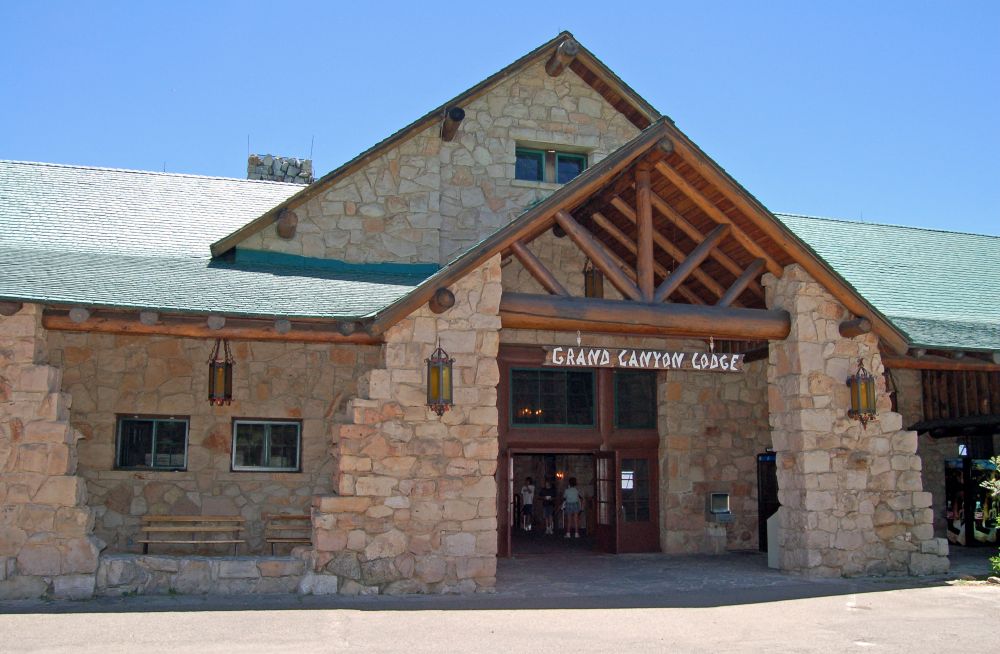A fast-moving wildfire has ravaged the North Rim of Grand Canyon National Park, destroying between 50 and 80 structures, including the iconic Grand Canyon Lodge, in a matter of hours. The blaze has left a deep scar on a region many consider both a natural marvel and a site of personal and cultural memory.
Dubbed the Dragon Bravo Fire, the blaze ignited on July 4 and quickly spread across more than 5,000 acres, driven by wind gusts reaching 40 miles per hour. The fire swept through one of the park’s most remote areas, home to just 10% of its annual visitors, but also to its only in-park lodging facility on the North Rim.
Just days later, a second fire, the White Sage Fire, broke out in the nearby Kaibab National Forest. That blaze has scorched over 40,000 acres and forced hundreds of evacuations, compounding an already dire situation.
The Grand Canyon Lodge, with its steep-pitched roof, ponderosa pine beams, and striking limestone façade, was reduced to ash. The structure, a fixture of the canyon’s hospitality history, had stood for nearly a century. Aramark, the concessionaire that operated the facility, confirmed that all guests and staff were safely evacuated but called the loss “a wound to the national heritage.”

Other structures destroyed in the fire include a gas station, a wastewater treatment facility, which triggered a chlorine gas leak and further complicated firefighting efforts, employee housing, and several historic cabins.
Park superintendent Ed Keable, speaking at a community briefing, said the damage could extend to historical archives once housed in the lodge, as well as a 600-pound bronze statue of Brighty the Burro, a cherished canyon mascot.
Arizona Sen. Ruben Gallego said the state had not only lost a historic building, but “a piece of its identity.” He backed Gov. Katie Hobbs’ call for a full investigation into how the fire was handled, specifically questioning the early decision to pursue a “contain and confine” strategy rather than immediate full suppression.
According to fire officials, the initial response was based on conditions at the time. But once the fire escalated, fueled by soaring temperatures, low humidity, and high winds, crews pivoted to aggressive suppression tactics. Gov. Hobbs said Arizonans deserve a clear accounting of how such destruction at a national landmark was allowed to happen.
Meanwhile, the White Sage Fire continues to burn unchecked. While authorities say containment lines are holding, the fire remains entirely out of control. The U.S. Forest Service believes both fires were caused by lightning strikes.












